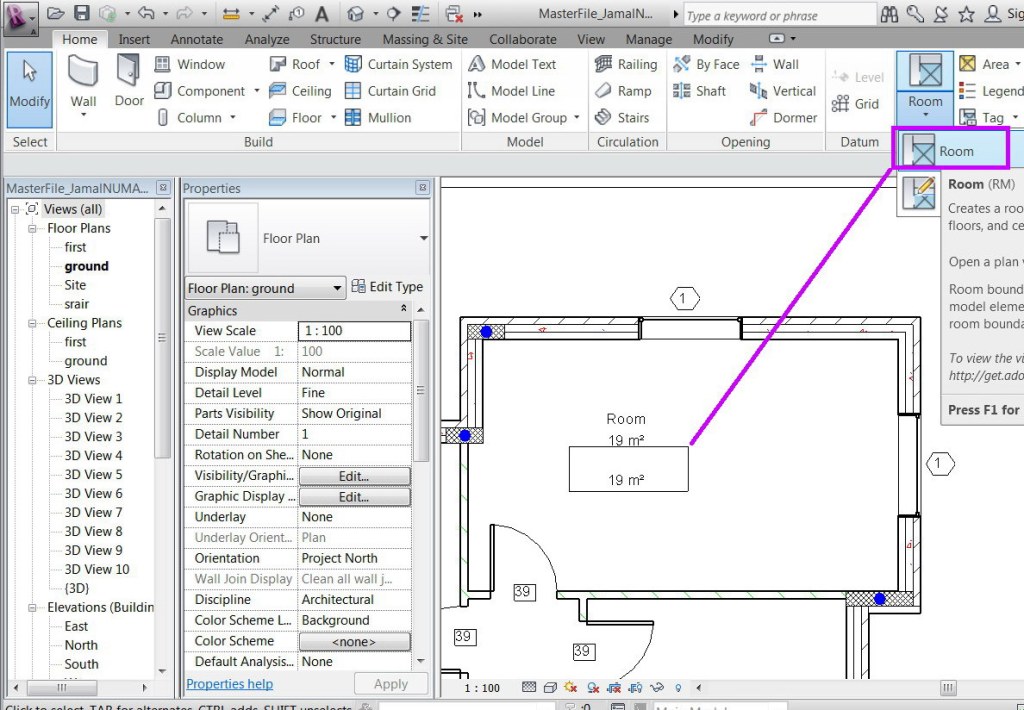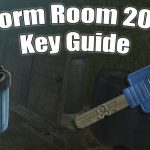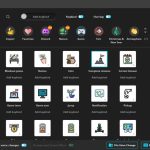Enhance Your Design With Effortless Room Tagging In Revit: Discover The Power Of Room Tag Revit Now!
Room Tag Revit: Streamlining the Process of Room Identification in Building Design
Introduction
Welcome, room enthusiasts! In the realm of building design and architecture, the need for efficient room identification and labeling is paramount. The advent of Building Information Modeling (BIM) has revolutionized this process, and one of its key tools is the Room Tag Revit. This article aims to delve into the intricacies of this powerful feature, its benefits, and its applications in the construction industry. So, let’s dive in and explore the world of Room Tag Revit!
1 Picture Gallery: Enhance Your Design With Effortless Room Tagging In Revit: Discover The Power Of Room Tag Revit Now!
What is Room Tag Revit?
🔍Put simply, Room Tag Revit is a feature in the popular Autodesk Revit software that allows users to annotate and identify rooms within a building model. It provides a systematic way of organizing and categorizing spaces, making it easier for architects, engineers, and other stakeholders to navigate and understand the design. With Room Tag Revit, each room is assigned a unique tag that displays essential information, such as room numbers, names, areas, and even custom parameters.
Who Uses Room Tag Revit?

Image Source: autodesk.com
👥Room Tag Revit is widely utilized by professionals in the architecture, engineering, and construction (AEC) industry. Architects use it as a means of communication, ensuring that the intended design concepts are accurately conveyed to the rest of the team. Engineers rely on Room Tag Revit for precise calculations and system integration. Contractors and builders benefit from its clarity in project execution, avoiding costly errors and delays. Essentially, anyone involved in the building design process can harness the power of Room Tag Revit.
When to Use Room Tag Revit?
📅Room Tag Revit is applicable throughout the entire lifecycle of a project, from the initial design phase to construction and facility management. During the design phase, Room Tag Revit allows architects and designers to create comprehensive documentation, facilitating effective collaboration and communication with clients and project stakeholders. As the project progresses, Room Tag Revit helps contractors and builders accurately interpret and implement the design, ensuring a smoother construction process. Even in the facility management stage, Room Tag Revit aids in maintenance and space allocation, enhancing overall operational efficiency.
Where Can Room Tag Revit Be Utilized?
🌍Room Tag Revit can be employed in a wide range of building types and industries. From residential homes to commercial complexes, educational institutions to healthcare facilities, Room Tag Revit is versatile enough to accommodate various project requirements. It can be utilized in new construction projects or renovations, allowing designers to effectively document and communicate changes to the existing layout. So, no matter where your project is located or what its purpose, Room Tag Revit can streamline the room identification process.
Why Choose Room Tag Revit?
❓Room Tag Revit offers numerous advantages that make it the go-to choice for room identification in building design. First and foremost, its automated tagging system saves time and reduces the likelihood of human error. The ability to customize tags and parameters allows for greater flexibility and adaptability to project-specific requirements. Room Tag Revit also enables data extraction and integration with other software platforms, enhancing collaboration and information sharing. However, like any tool, there are also a few considerations to keep in mind, which we’ll explore in the next section.
Advantages and Disadvantages of Room Tag Revit
Advantages
✅1. Streamlined Room Identification: Room Tag Revit simplifies the process of room identification, making it easier for stakeholders to understand the design and navigate the building model.
✅2. Time and Cost Savings: The automated tagging system of Room Tag Revit reduces manual effort, saving time and minimizing the risk of human error. This ultimately leads to cost savings throughout the project.
✅3. Customization Options: Room Tag Revit allows users to customize tags and parameters, tailoring them to project-specific requirements and ensuring accurate representation of room information.
✅4. Improved Collaboration: With Room Tag Revit, data extraction and integration become seamless. This enhances collaboration, as information can be easily shared with other project stakeholders using compatible software platforms.
✅5. Enhanced Facility Management: Room Tag Revit provides valuable data for facility management, allowing for efficient space allocation, maintenance planning, and asset management.
Disadvantages
⛔1. Learning Curve: Room Tag Revit is a powerful tool, but it requires training and familiarity to utilize it effectively. Users need to invest time in learning the software and its features.
⛔2. Software Limitations: Depending on the complexity of the project, Room Tag Revit may have limitations in terms of data management and performance. Users should be aware of these constraints and find workarounds if necessary.
⛔3. Compatibility Issues: Room Tag Revit’s compatibility with other software or versions of Revit can sometimes pose challenges. It is essential to ensure compatibility between different software platforms to ensure smooth collaboration.
⛔4. Initial Setup: Implementing Room Tag Revit requires proper setup and configuration to match project-specific requirements. This may involve creating custom families, tags, and parameters, which can be time-consuming.
⛔5. Cost: While Room Tag Revit itself is part of the Autodesk Revit software package, the initial investment and licensing costs may be a consideration for smaller firms or individual users.
Frequently Asked Questions
1. Can Room Tag Revit be used in conjunction with other BIM software?
Yes, Room Tag Revit can be utilized alongside other BIM software, as long as there is compatibility between the different platforms. This allows for seamless collaboration and information exchange.
2. Does Room Tag Revit work with room numbering conventions from different countries?
Absolutely! Room Tag Revit is highly customizable and can be tailored to accommodate various room numbering conventions used worldwide. Users can define their own room numbering systems or adapt existing ones to match specific requirements.
3. Can Room Tag Revit handle complex projects with numerous rooms?
Yes, Room Tag Revit is designed to handle projects of various scales and complexities. It can efficiently manage large quantities of rooms, ensuring accurate identification and organization.
4. Can Room Tag Revit be utilized for existing building renovations?
Definitely! Room Tag Revit is not limited to new construction projects. It can be effectively employed in existing building renovations, allowing designers and contractors to document and communicate changes to the layout and room identification.
5. Does Room Tag Revit work on mobile devices?
No, Room Tag Revit is a feature of the Autodesk Revit software, which is primarily designed for desktop and laptop computers. However, there are mobile apps available that provide access to Revit models, although the functionality may be limited compared to the desktop version.
Conclusion
In conclusion, Room Tag Revit is an indispensable tool for room identification in building design. Its ability to streamline the process, save time and costs, and enhance collaboration makes it a valuable asset for professionals in the AEC industry. While it does have a learning curve and some considerations to keep in mind, the benefits far outweigh the drawbacks. So, embrace the power of Room Tag Revit and revolutionize your building design workflow!
🤓Disclaimer: The information provided in this article is for general informational purposes only. The views and opinions expressed are those of the author and do not necessarily reflect the official policy or position of any agency or organization. The author does not warrant the completeness, accuracy, or usefulness of the information contained herein. Any reliance you place on such information is strictly at your own risk.
This post topic: Room



